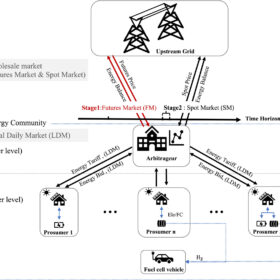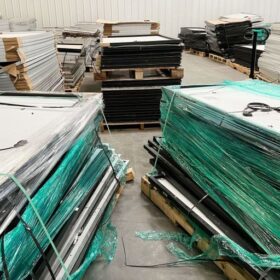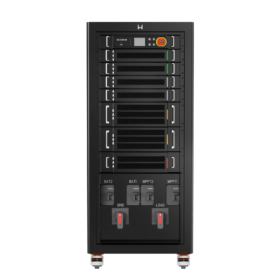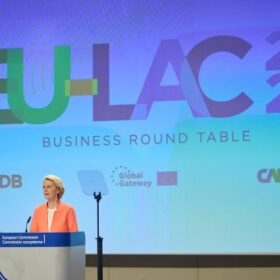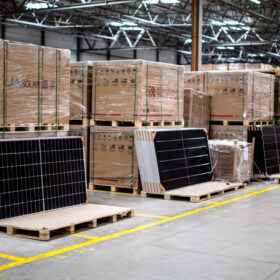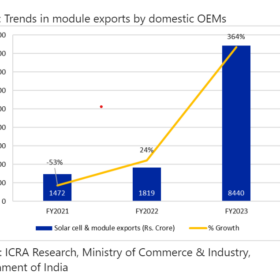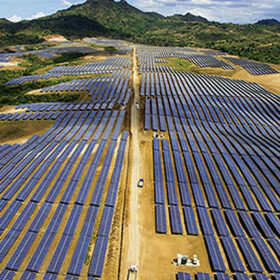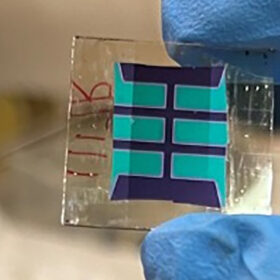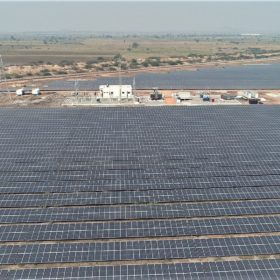Energy communities operating on hydrogen, batteries
Researchers in Spain have studied the impact of hydrogen production and storage technologies in risk management for energy communities with internal price-tariff systems. They found that the optimal involvement in futures markets and spot markets will depend on a community’s risk aversion and self-sufficiency.
Australian team claims 99% recovery rate with solar recycling process
Engineers at the University of New South Wales (UNSW) have developed a new, more effective method to recycle end-of-life solar panels. The technique allows them to quickly and efficiently separate 99% of PV cell component materials.
GoodWe unveils new inverters for C&I applications
China-based GoodWe has developed two new solutions – the ETC 100 kW hybrid inverter and the BTC 100 kW retrofit battery inverter – for commercial and industrial (C&I) solar applications.
The Hydrogen Stream: EU, Argentina, Chile, Uruguay to partner on hydrogen
The European Commission and the European Investment Bank have agreed to collaborate with Argentina, Chile and Uruguay on hydrogen, while Masdar, Mitsubishi and Inpex have said that they will use green hydrogen to produce e-methane and polypropylene.
European warehouses store 40 GW of unsold solar panels
Rystad Energy says that about €7 billion ($7.8 billion) of solar panels are now being stored in Europe, but European developers continued to buy solar modules from China throughout the first half of this year.
US manufacturer introduces roof mount with integrated sealant
Pegasus Solar has developed the InstaFlash pre-installed sealant for composite shingle roofs.
India’s solar PV module exports surge 364% YoY
India exported solar PV cells and modules worth INR 8,440 crore in FY 2022-23. USA was the top destination with a 97% share.
Philippines allocates 1.97 GW of PV capacity in renewables auction
Through the procurement exercise, the GEA-BEAC allocated 1,870.8 MW of ground-mounted PV capacity and 90 MW of floating solar power. The selected developers will secure 20-year power purchase agreements.
NREL develops perovskite solar cells with 93% bifaciality
The National Renewable Energy Laboratory (NREL) has made highly bifacial perovskite cells with a front-side efficiency of 23%.
First half 2023 total solar corporate funding increased 54% year-over-year
According to Mercom’s Solar Funding report almost 25.5 GW of solar projects were acquired in the first half of the year, totaling $18.5 billion.
